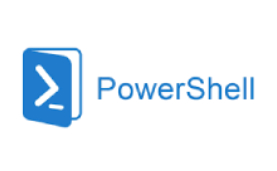A PowerShell script is a text file that contains a series of PowerShell commands. These commands can be used to automate tasks, such as managing files and folders, configuring applications, and performing administrative tasks.
PowerShell scripts can be used for a variety of purposes, including:
PowerShell scripts were first introduced in PowerShell 1.0, which was released in 2006. PowerShell 1.0 was a command-line shell, but it also included a scripting language. This scripting language was based on the .NET Framework, and it allowed users to write scripts that could automate tasks.
PowerShell scripts became more powerful with the release of PowerShell 2.0 in 2008. PowerShell 2.0 introduced a number of new features, including the ability to write functions, the ability to use variables, and the ability to use conditional statements.
PowerShell scripts continued to evolve with the release of subsequent versions of PowerShell. PowerShell 3.0, which was released in 2012, introduced a number of new features, including the ability to write classes, the ability to use XML, and the ability to use regular expressions.
PowerShell scripts are now a powerful tool that can be used to automate tasks and manage systems. They are used by a wide range of users, including system administrators, IT professionals, and developers.
PowerShell scripts are written in the PowerShell scripting language. This language is based on the .NET Framework, and it is a powerful and flexible language. PowerShell scripts can be used to perform a wide range of tasks, including:
PowerShell scripts are easy to learn and use. They can be written in a text editor, and they can be run from the command line or from within PowerShell.
The future of PowerShell scripts is bright. PowerShell is a mature and powerful tool, and it is used by a wide range of users. As PowerShell continues to evolve, PowerShell scripts will become even more powerful and versatile.
Here are some of the trends that are likely to shape the future of PowerShell scripts:
